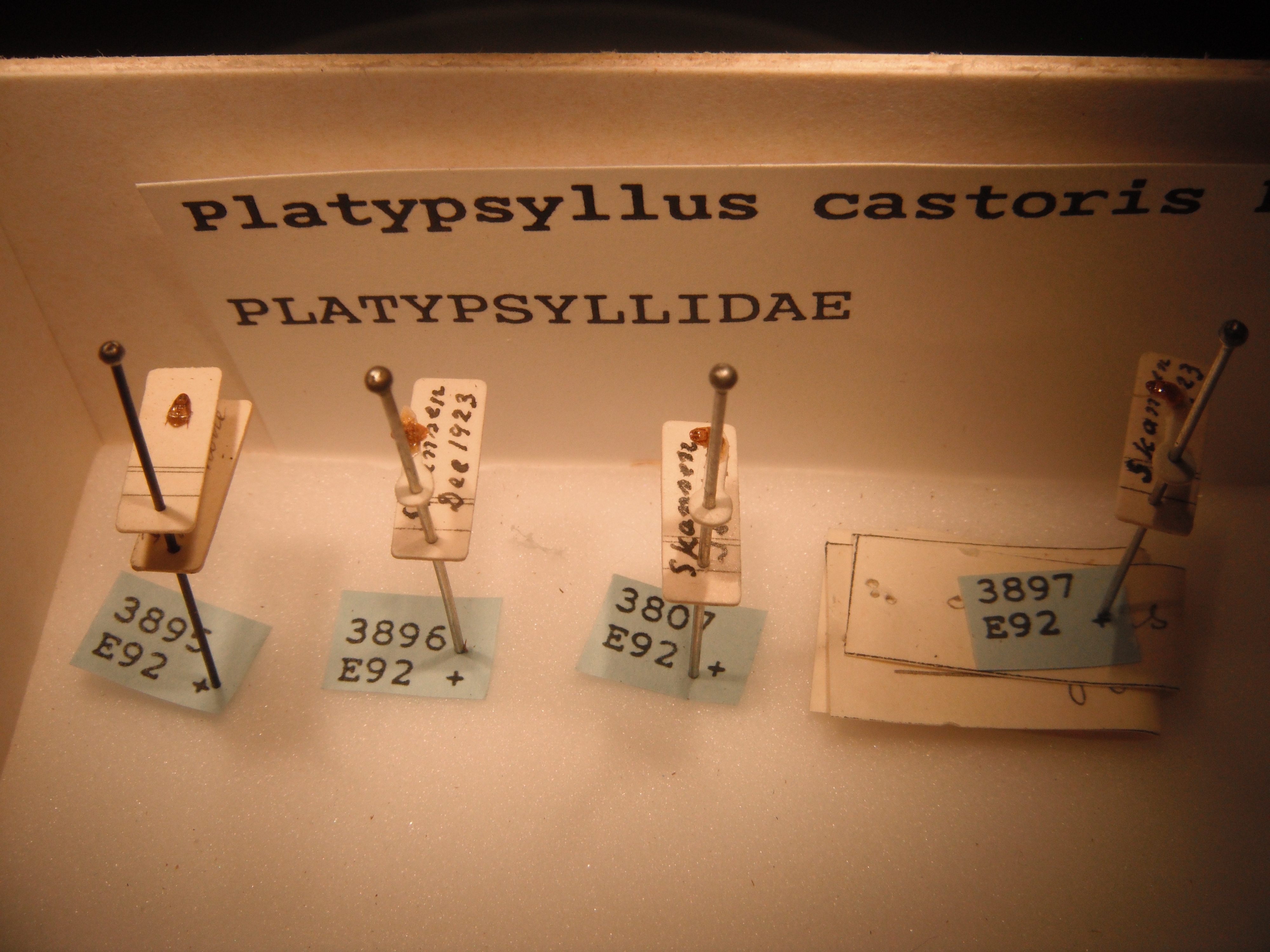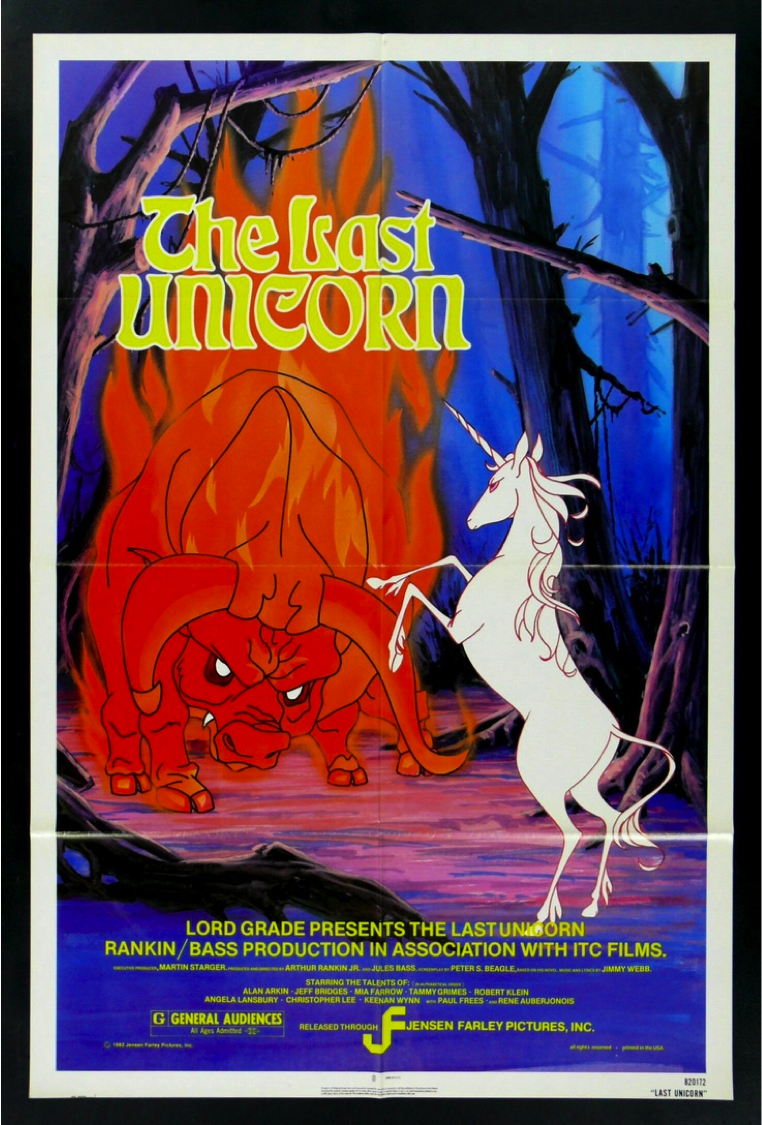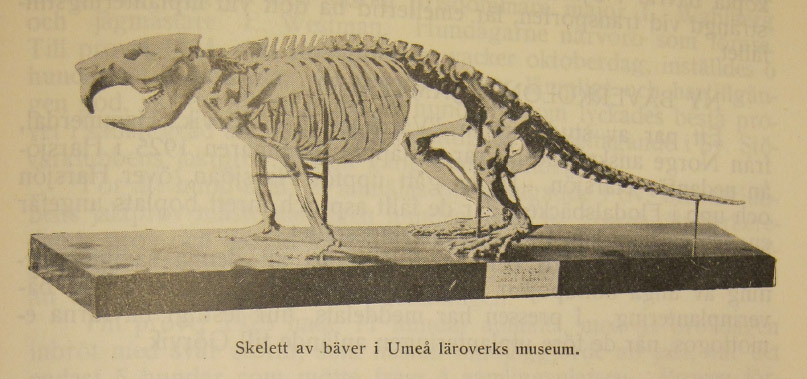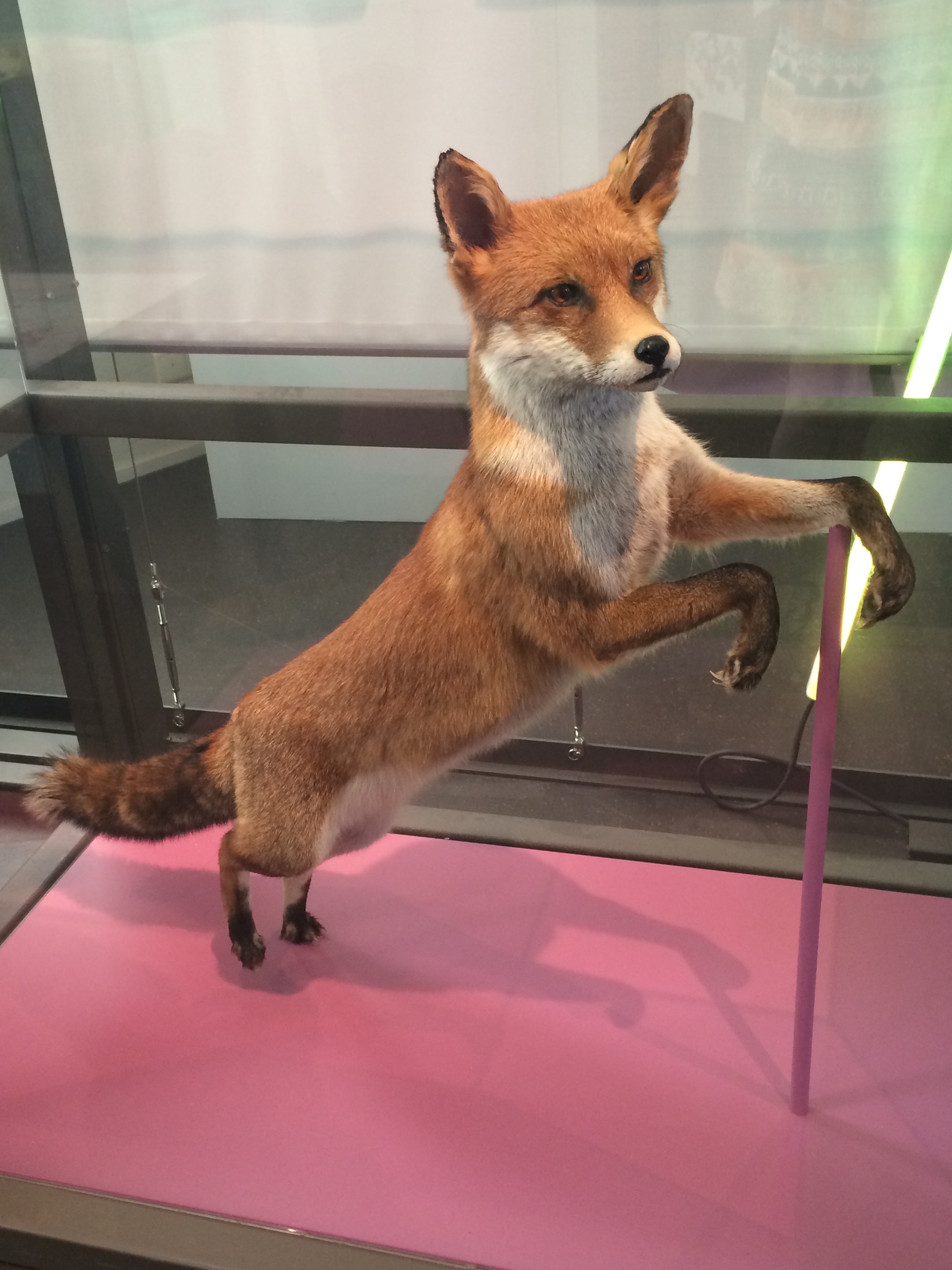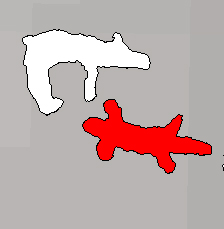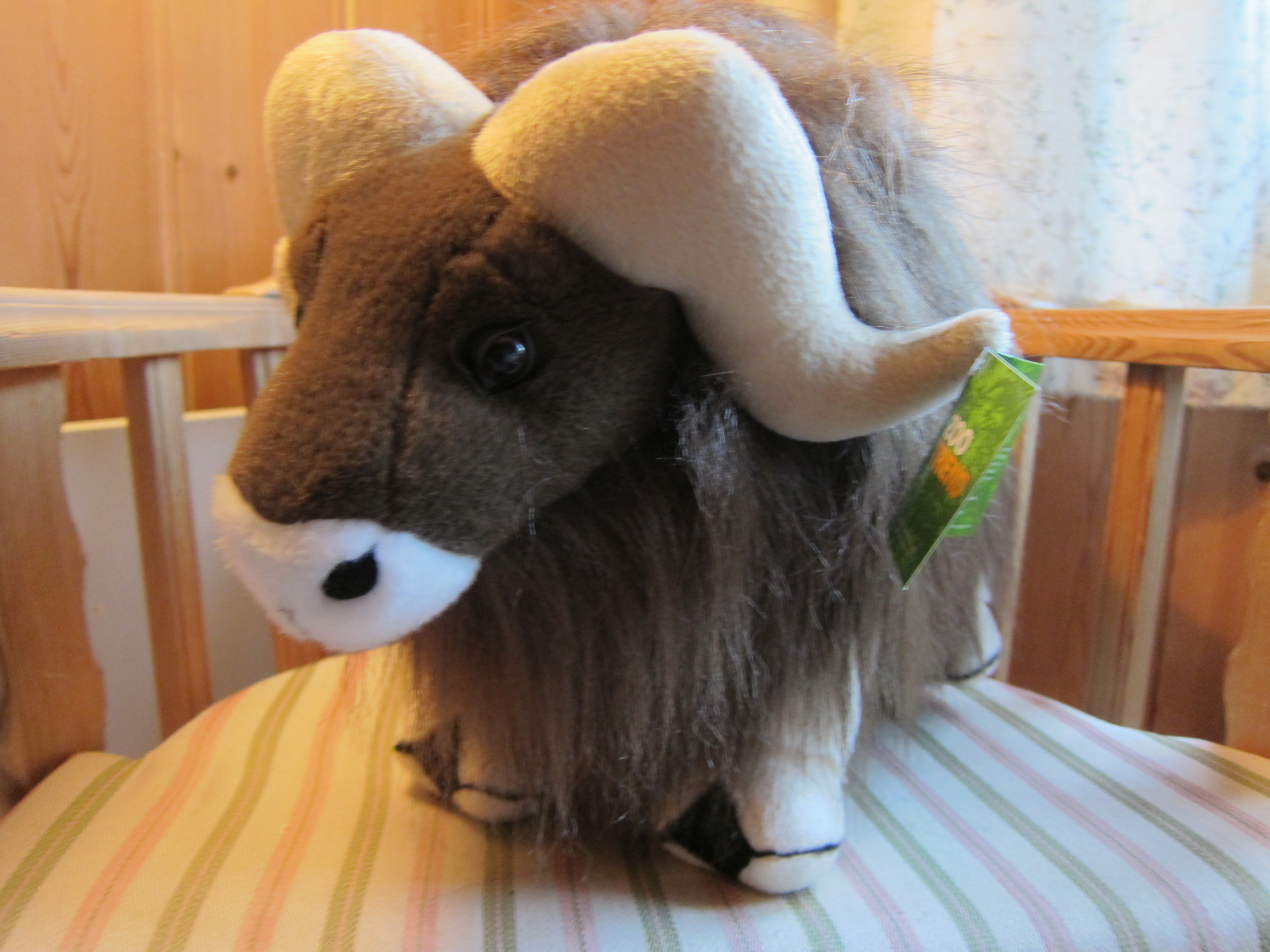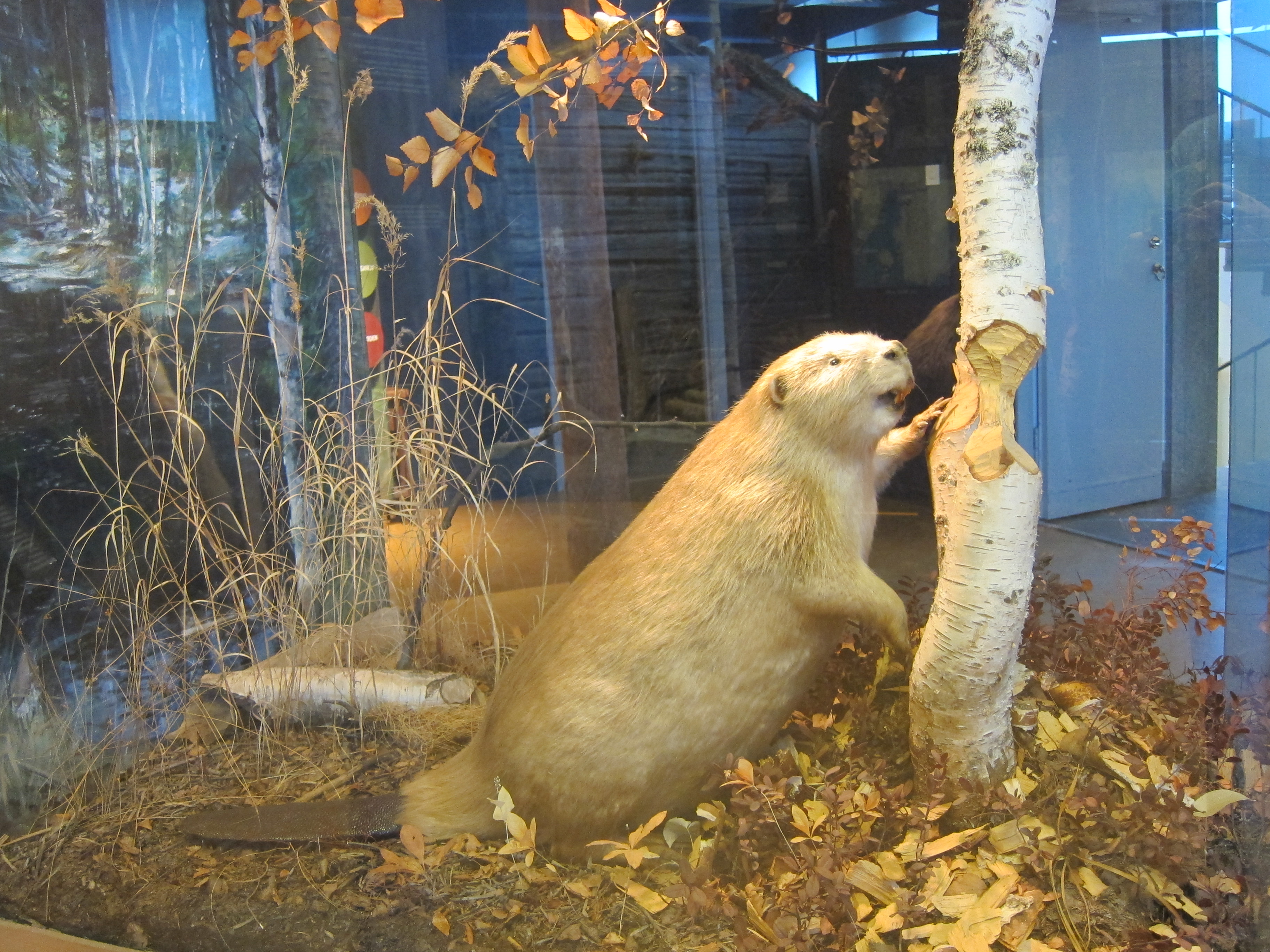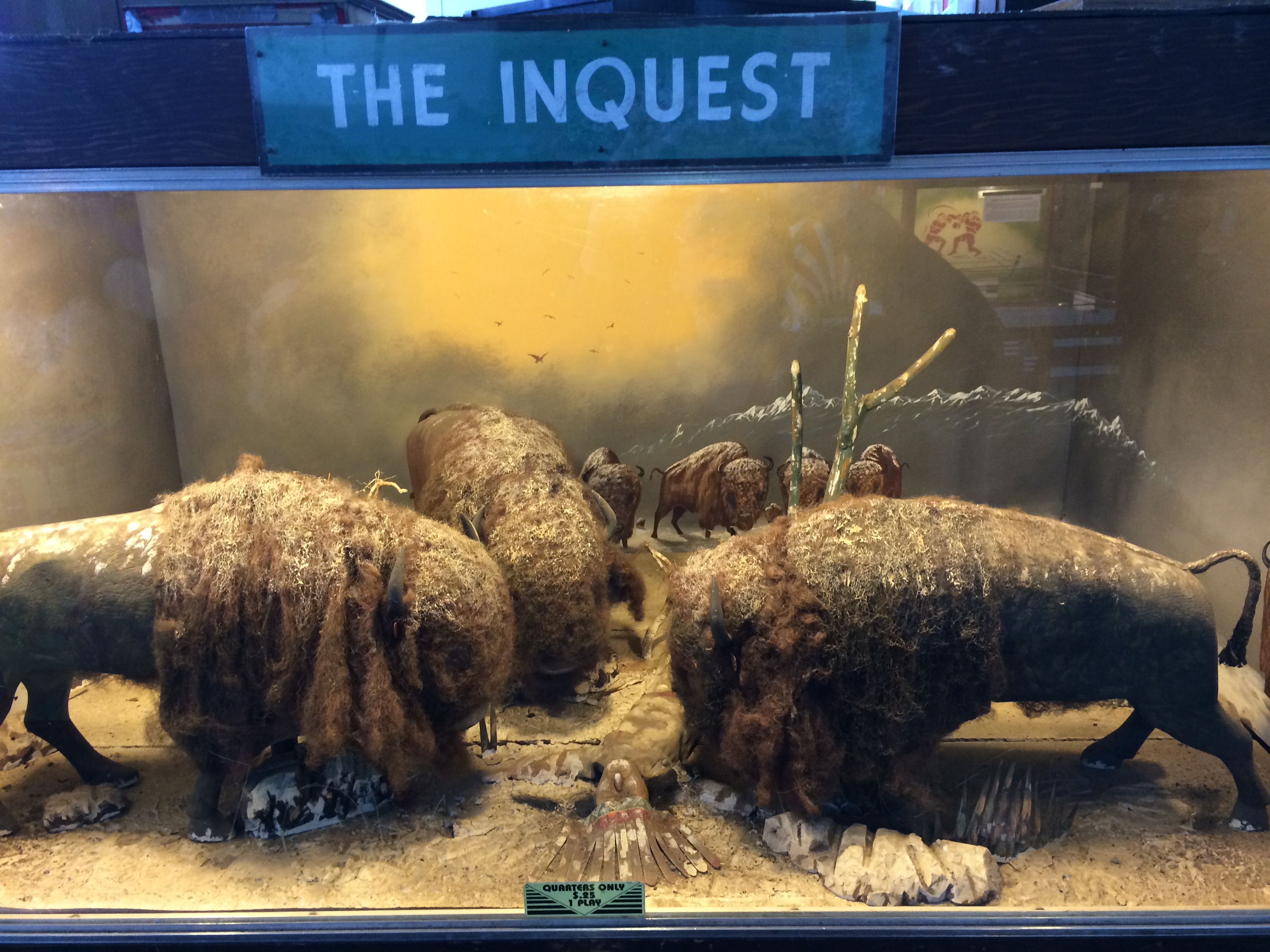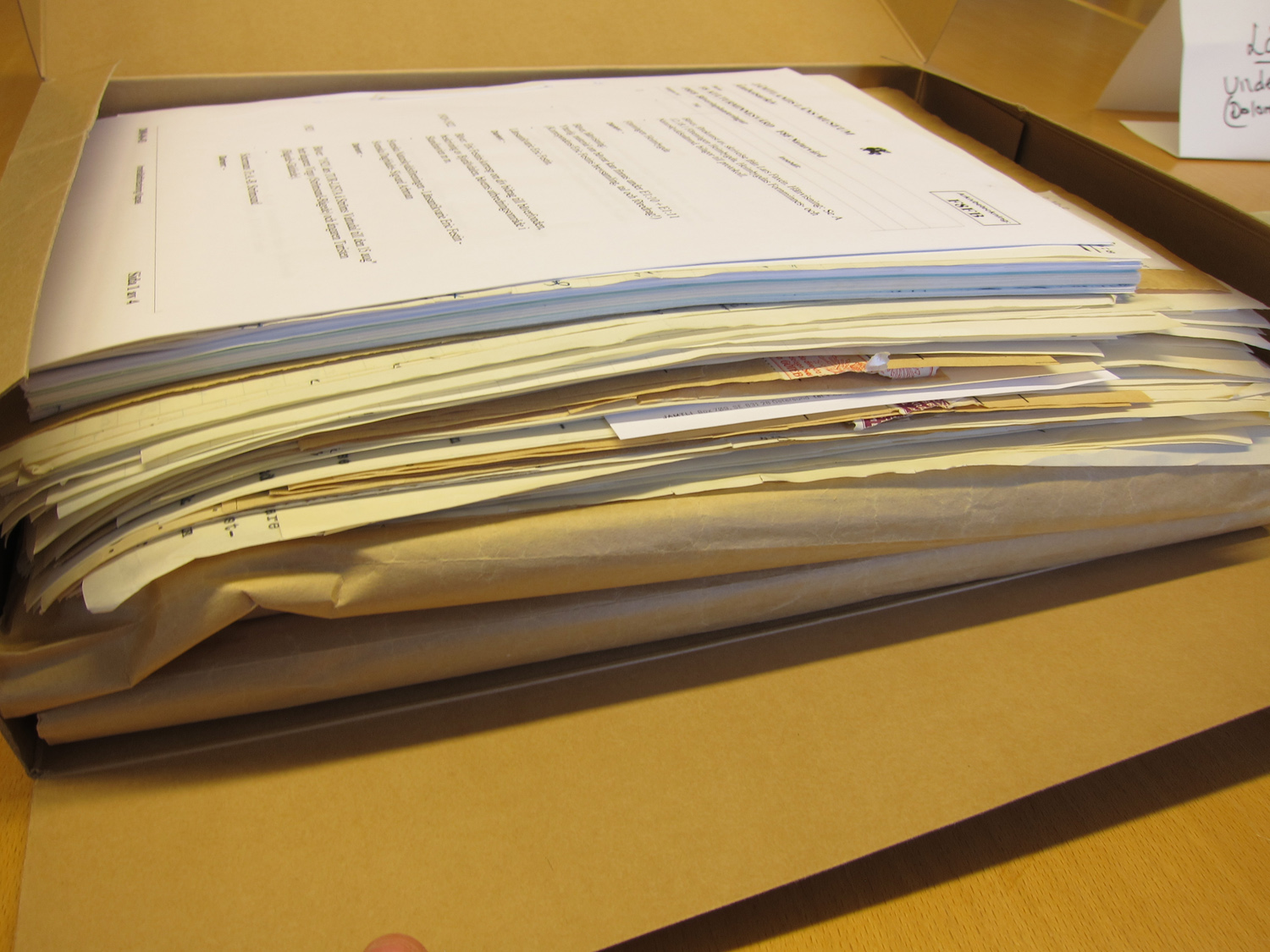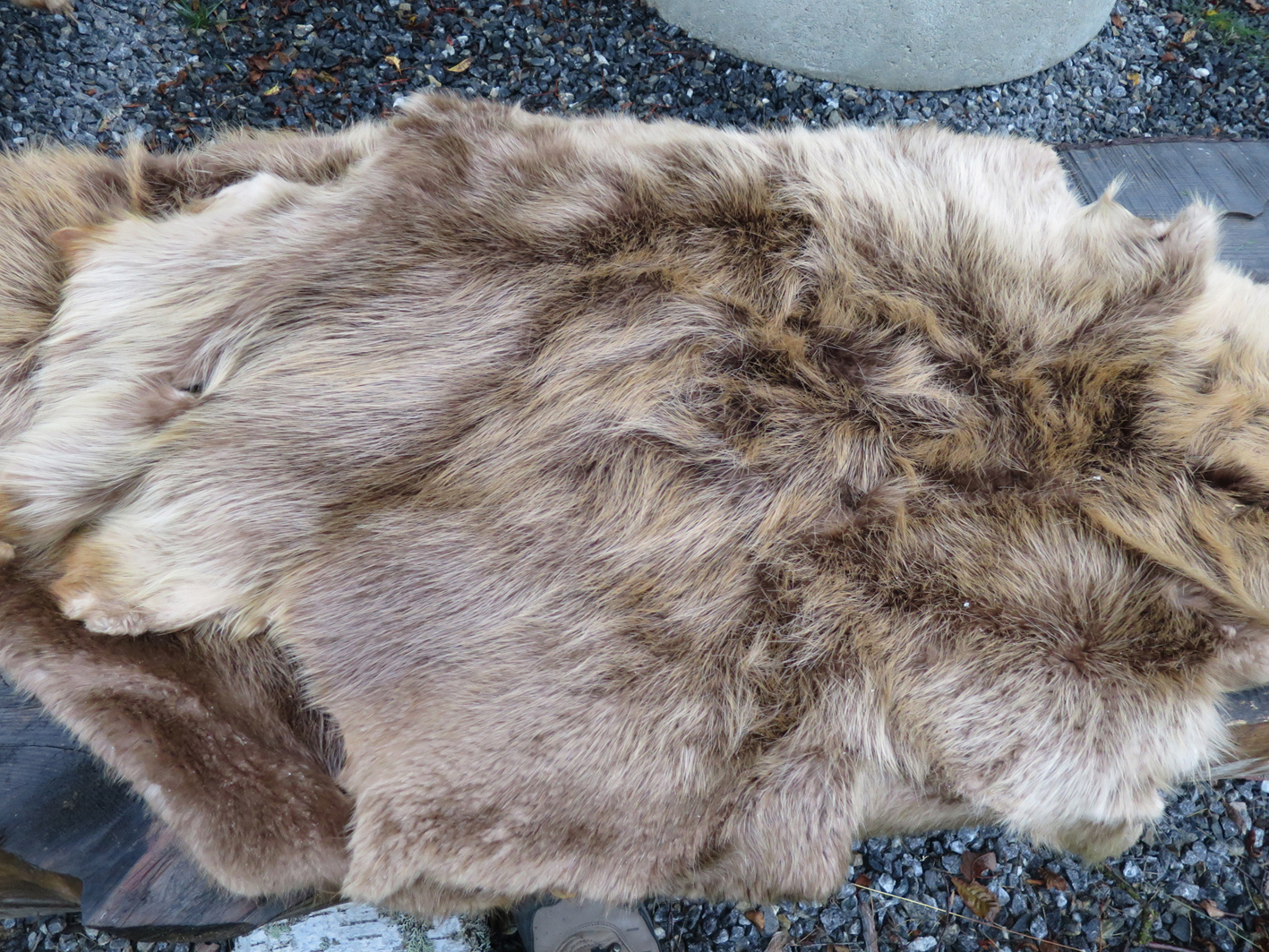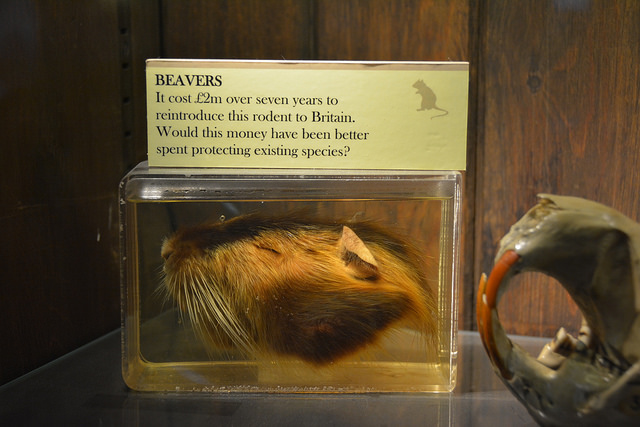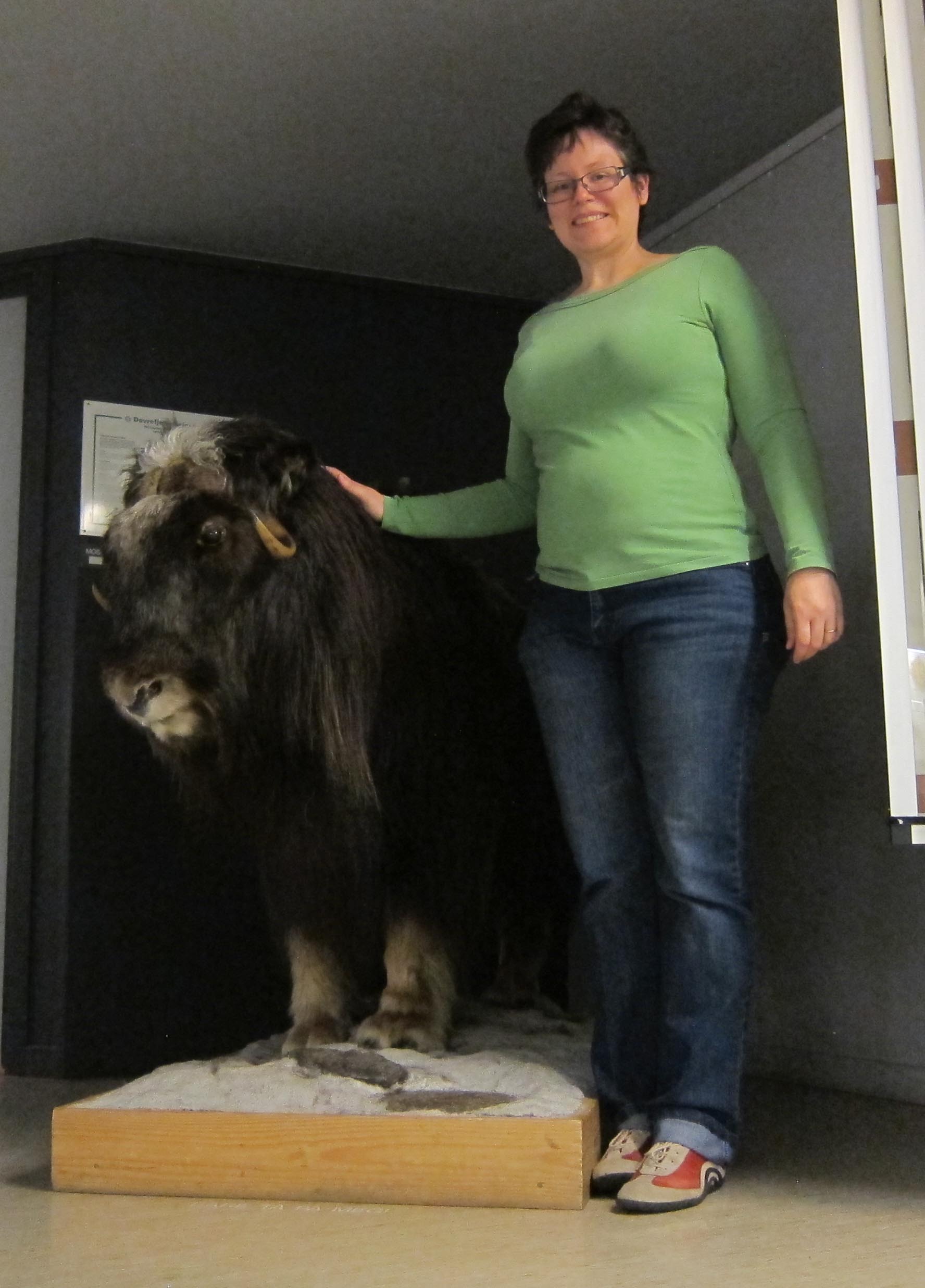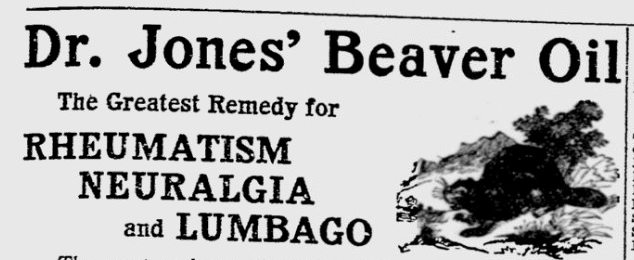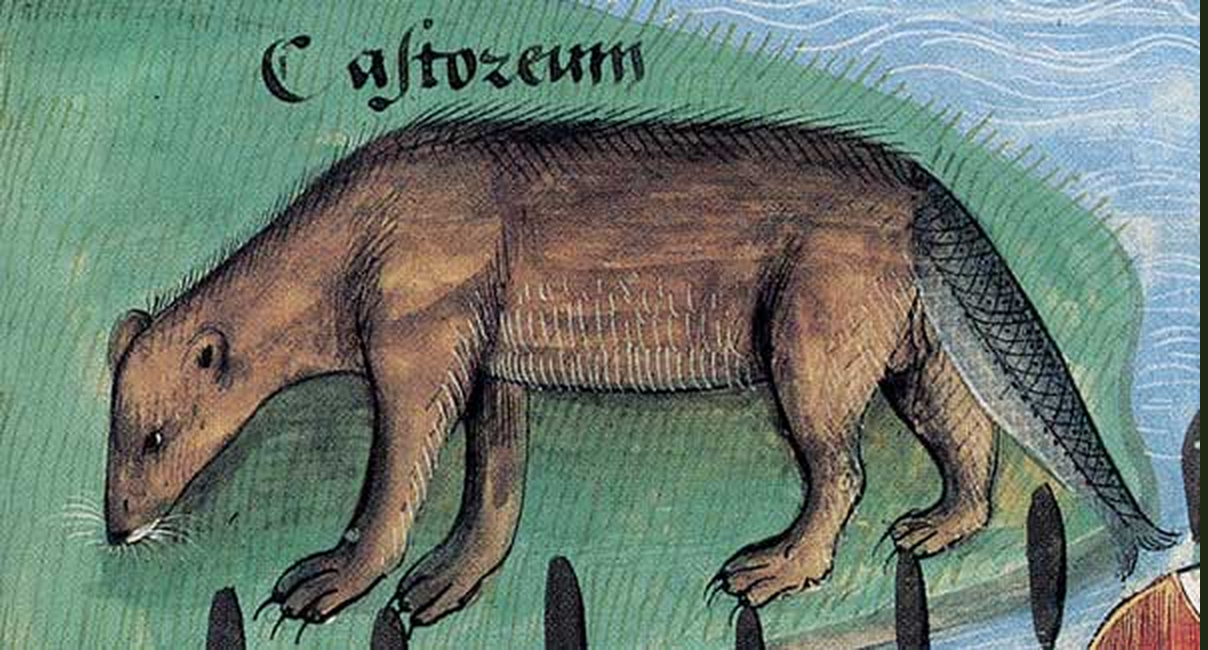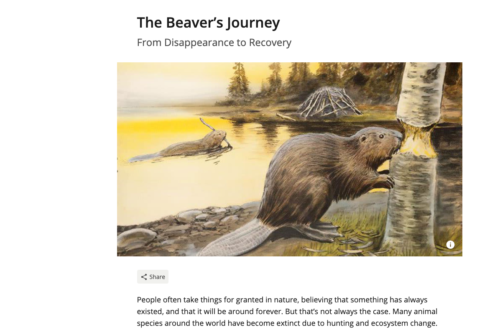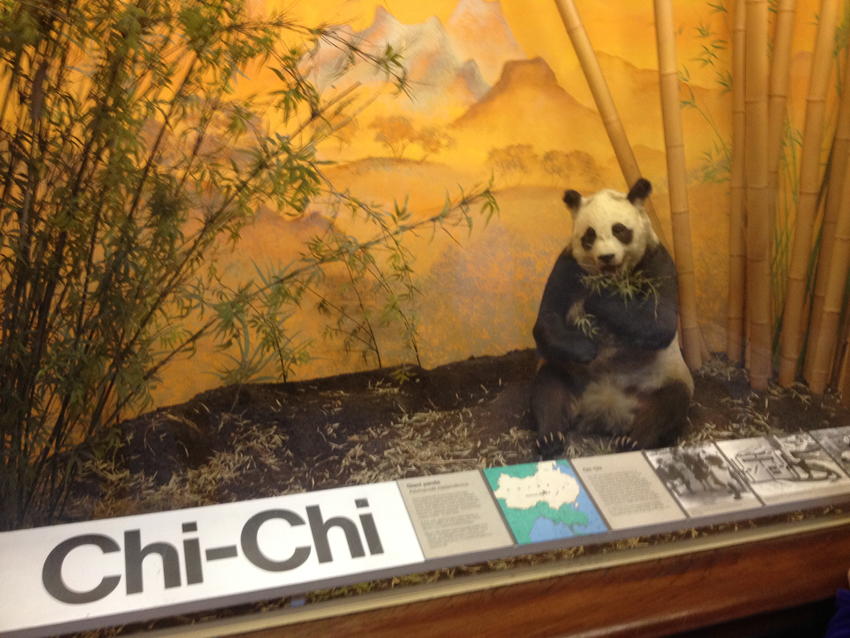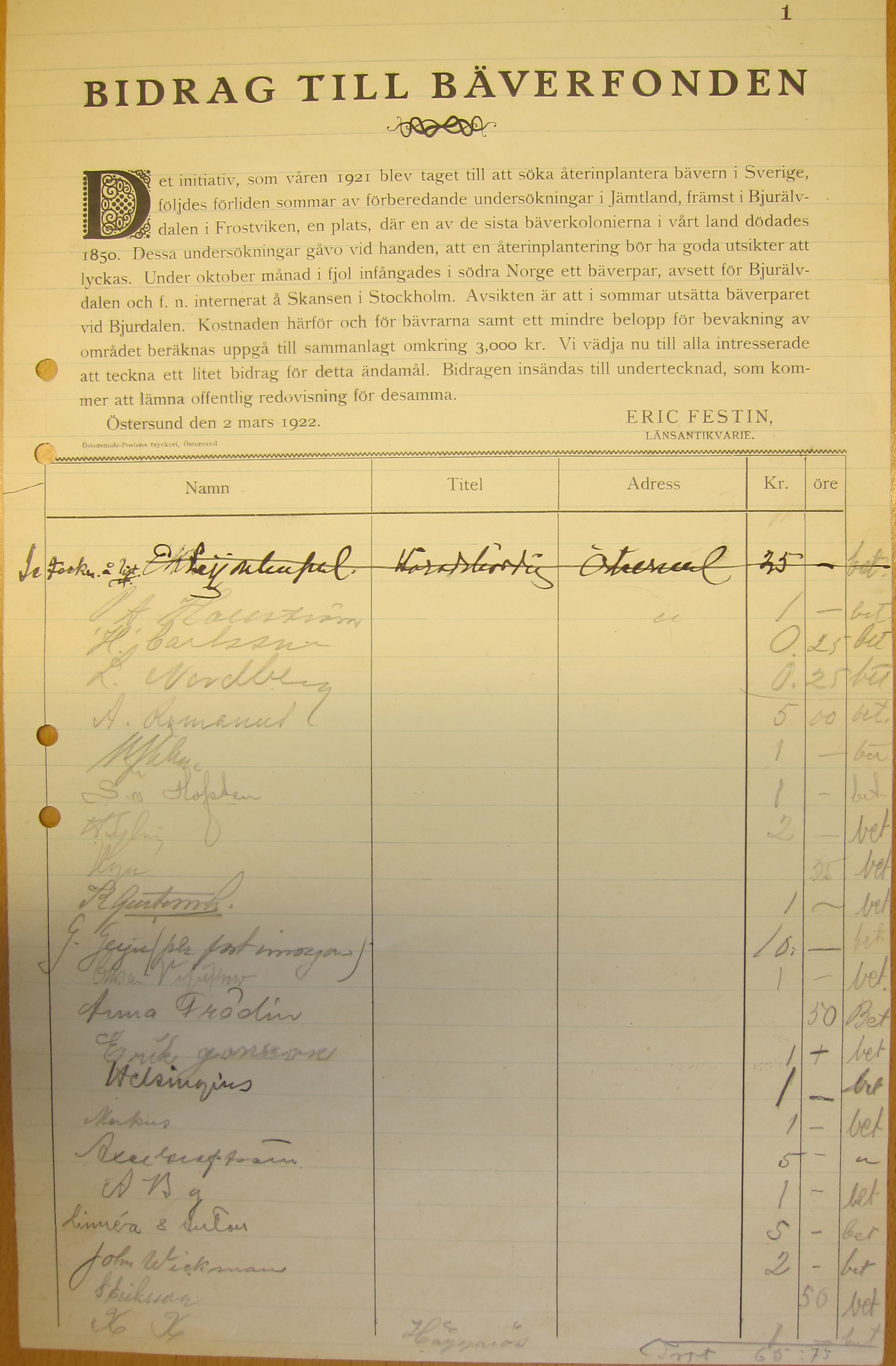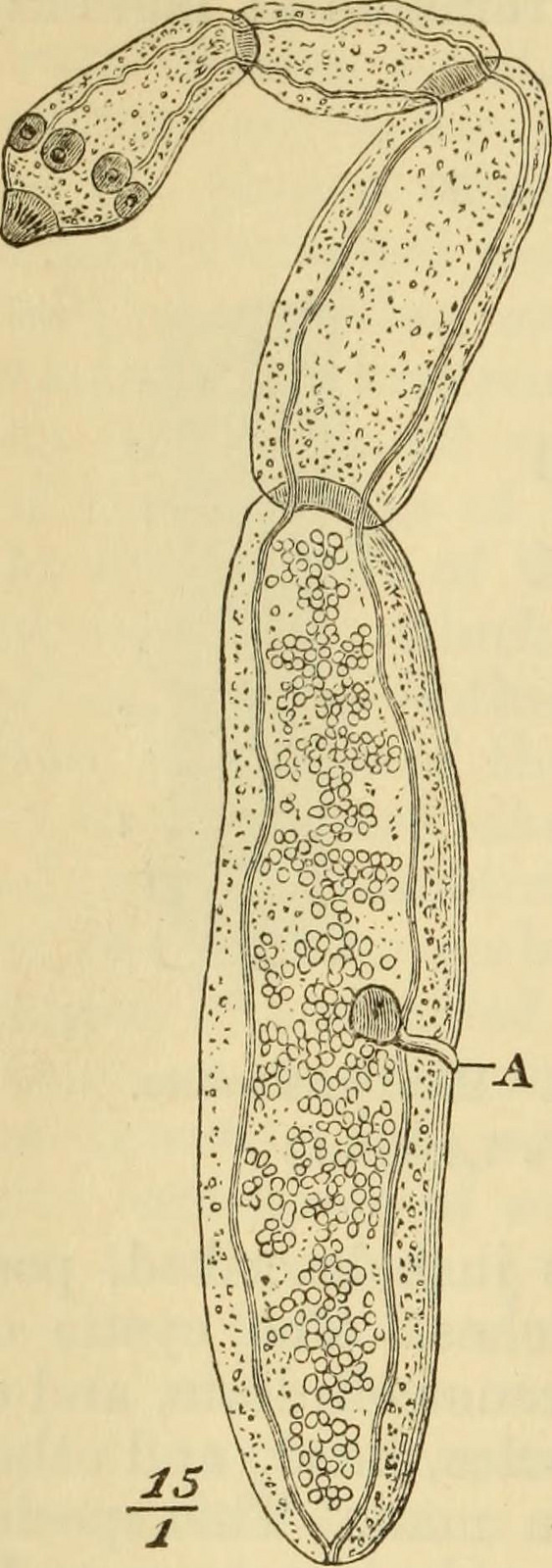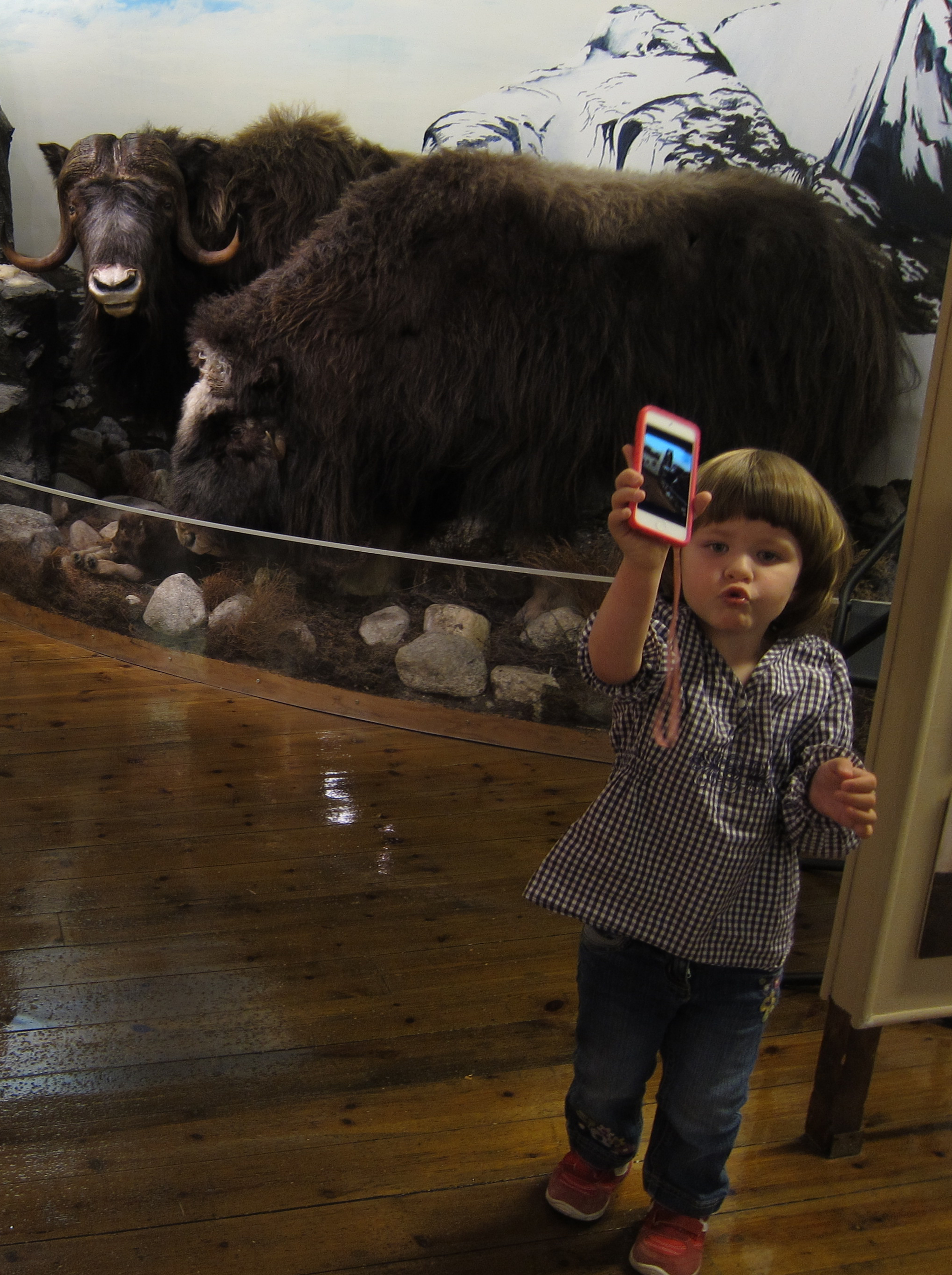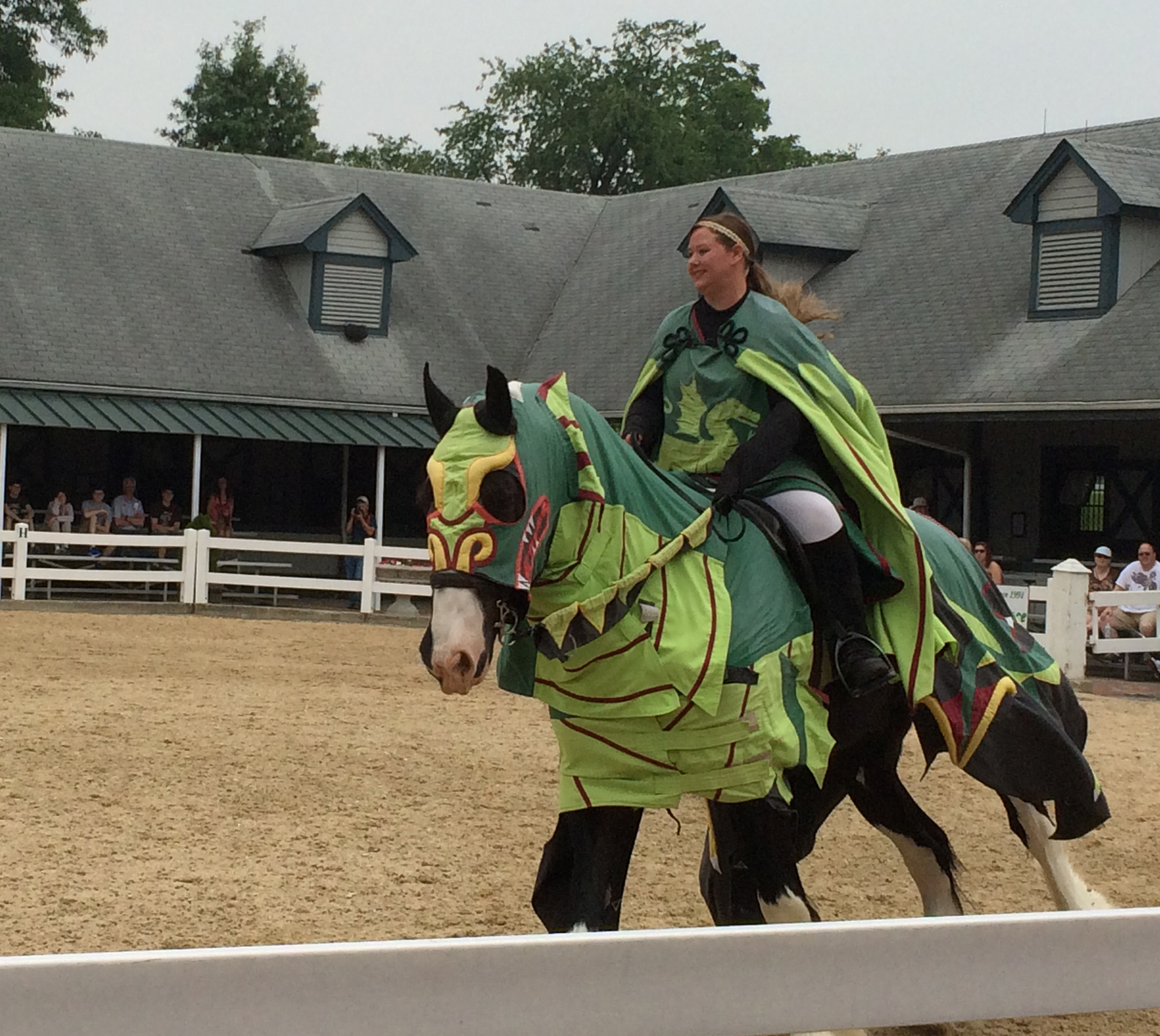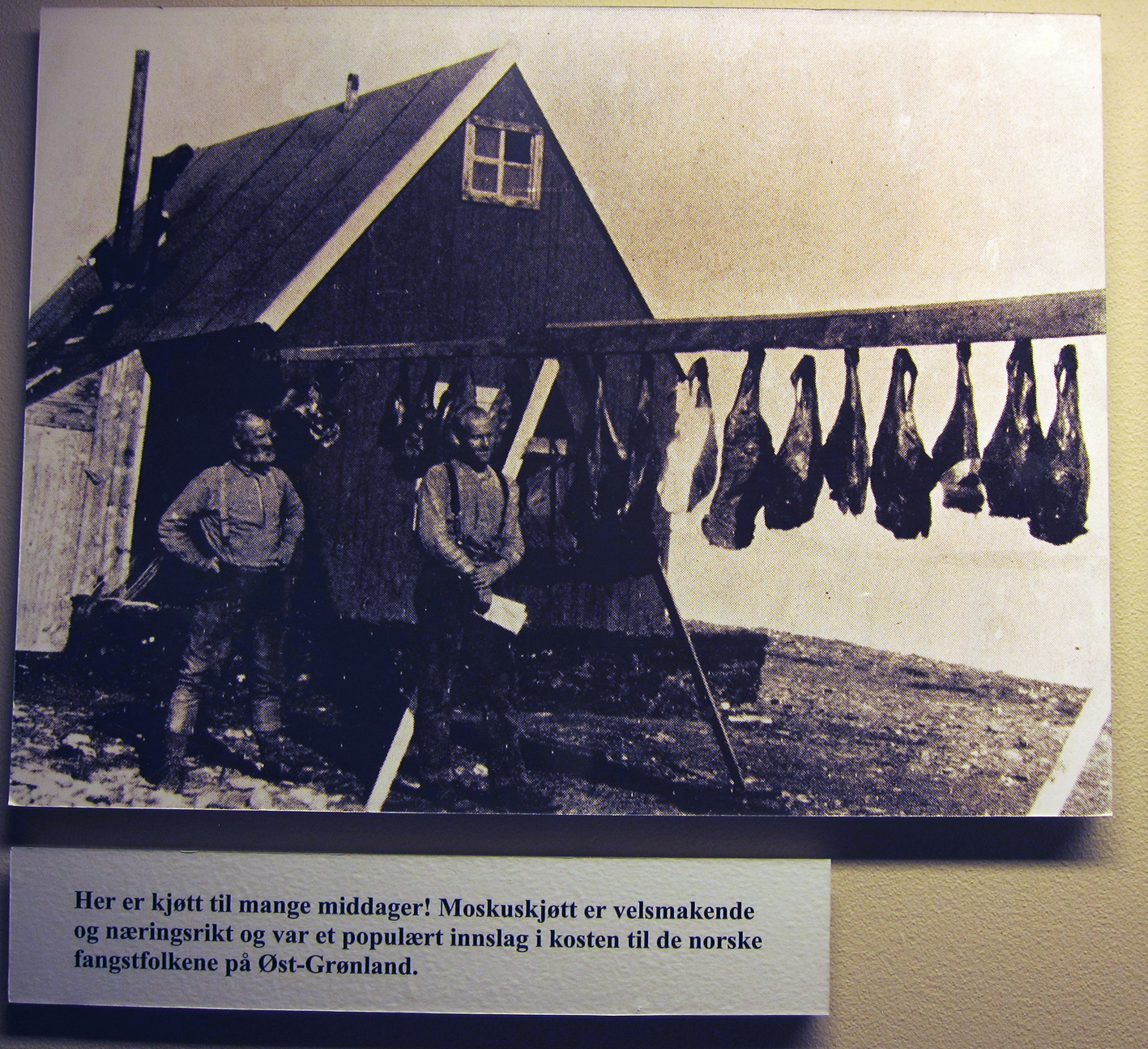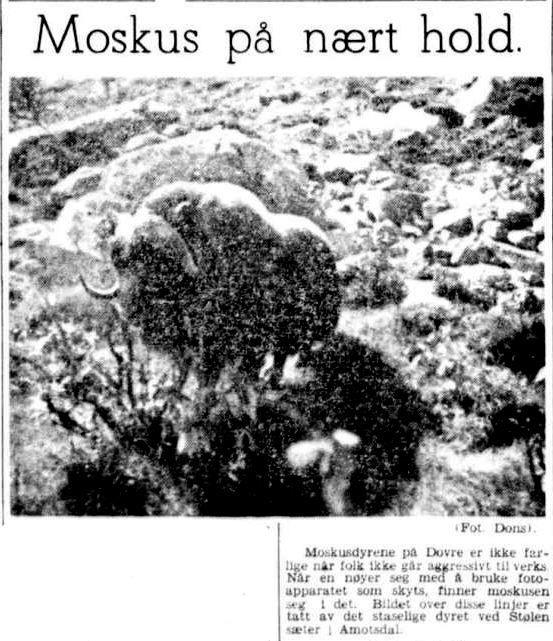museum
-
Missing meta-data
Today I visited the Naturhistoriska riksmuseet in Stockholm. Although my visit included the usual thing of looking around the exhibits, this time I also got to go behind the scenes in the entomology department. I got to see the museum’s collection of Platypsyllus castoris, the beaver beetle that I have written about before. The collection at NHRM includes only four specimens. Three of them are labeled “Skansen Dec. 1923”. The fourth is labeled “Delta du Rhône”. This isn’t a lot of metadata to go on. So what can we know about these specimens? Since beaver beetles only come from beavers, that’s the obvious place to look. Thus the question is: In December 1923,…
-
Giving a voice to the animals
One of the themes I’ve taken up several times on this blog is how animals are portrayed in museum settings. I’ve previously discussed the missing individual stories of animals on display, as well as gone through the various museum settings in which I’ve encountered beavers and muskoxen. So today when I visited the Museum of Natural Sciences in Brussels, Belgium, I had to look for animal stories. The mammals hall had the typical displays of specimens by group (like primates, rodents, etc.) with small labels with a species name, common name (in both Dutch & French), and biological information including range. Both a beaver and a muskox made appearances in this way…
-
An inquest of “The Inquest”
This week I stopped as a tourist at the Musée Mécanique at Fisherman’s Wharf in San Francisco after the American Society for Environmental History annual meeting. The museum is part historical collection, part working penny arcade (although most things cost a US quarter now). There are stereoscope viewers, fortunetellers, strength testers, ball games, and car games. A large number of them machines are moving dioramas including farms with moving animals, carnivals with working rides, the oil field with spinning derrick drills, and bizarre morbid animated execution scenes including hangings and a beheading via guillotine. One of the automata diorama machines was called “The Inquest”, presumably dating from end of the…
-
Would this money have been better spent?
This week my husband is in London doing digital history networking. He had the opportunity to visit the Grant Museum of Zoology at University College London and sent me a fabulous picture of the Grant’s beaver specimen on display. If you look past the fact that this is a surgically severed beaver head in fluid (how strange and fascinating is that?!), the Grant Museum has done something really interesting with the text of the display that I want to ponder over for a minute. The label begins by telling the visitor what kind of animal this is: Beaver, which is then placed within the category “rodent” in the first…
-
First year reflections
The end of 2013 also marks the end of the first year of “The Return of Native Nordic Fauna” project. It’s been a year that has really gotten the project off to a running start. I’ve documented the course of the project on this blog since it’s beginning on January 1, but as some readers may not have been following along all that time, I wanted to take the opportunity to reflect on the year. During the year, I’ve skipped around Norway and Sweden working in archives, trying to decide what to copy and what to leave behind from the Skansen archives held by the Nordiska Museum in Stockholm, the…
-
Species versus individual stories
On Wednesday, I visited the Natural History Museum in London while on vacation with my family. I looked for the taxidermied beaver specimen that Sigvald Salvesen of Aamli, Norway, sent to the museum in 1925 (I have a copy of the letter correspondence about the transaction from the NHM archive). Unlike Jensen-Tveit who was also in Aamli, Salvesen took a more scientific approach to beavers: he published an article “The Beaver in Norway”in the Journal of Mammalogy in 1928, as well as an extensive handbook on raising pelt animals (Pelsdyrboken) and a scientific article on moose and red deer in Norway. In one of Salvesen’s letters to the NHM Keeper…
-
The ubiquitous beaver
My last post was about muskox in museums, so I wanted to follow up with one about beavers, the other reintroduced species I’m currently working with. Beavers have a very different presentation in exhibits than muskox. They are often in dioramas of woodland animals, along with other animals like foxes, grouse, and even bears. This is the case at both the Biologiska museet in Stockholm and the Frösö zoo exhibit. Beavers are rarely the centre of attention, sitting often either at the viewer’s feet or tucked away in a corner, like in the Dovre National Park Center or the Vitenskapsmuseet in Trondheim. And very often, the beavers are taxidermied in…
-
Museum menageries
A photo I took of a muskox on display at the Vitenskapsmuseet in Trondheim has just won 3rd place in the A Snapshot of the Field 2013 competition put on by the Network in Canadian History & Environment (NiCHE). In honor of that honor, I wanted to share some portraits of museum muskox I’ve taken as part of this project. Each specimen has its own story to tell–one in which reintroduction, public understanding of science, and individual animals’ histories converge. 1. Just touch me! Vitenskapsmuseet, Trondheim, Norway (The prize winner) On 23 June 2013, I was coming toward the end of a week and a half archival work / field…
-
Controlling transgressors
On Sunday, 25 August 2013, the Norwegian wildlife management branch of the country’s environmental agency (Statens naturoppsyn) killed a muskox that had wandered too far out of the permitted muskox management area, according to a news report. The individual had headed northwest from the Dovre mountains area and was moving down from a mountain named Nesaksla toward the town of Åndalsnes. This wouldn’t have been the first time Åndalsnes had been visited by a muskox. In July 1971, when some young boys came down from a hike on Nesaksla claiming that they had seen a muskox, everyone thought they were ‘crying wolf’. But two men went to investigate and indeed…
-
The great Greenland hunt
All of the muskox calves that eventually came to Norway and Sweden as reintroduction objects originated in East Greenland. So it is there that the return of the Nordic muskox begins. East Greenland first became a Norwegian whaling location then seal hunting grounds in the late 19th century. During the winters on Greenland, hunters and their dogs required food – and the muskox became their favorite prey. According to a hunter’s account quoted in Elisabeth Hone’s The Present Status of the Muskox in Arctic North America and Greenland (1934), sled dogs needed 2 pounds of muskox meet every day, which for a team of 8-12 dogs, meant consuming 20 pounds…
